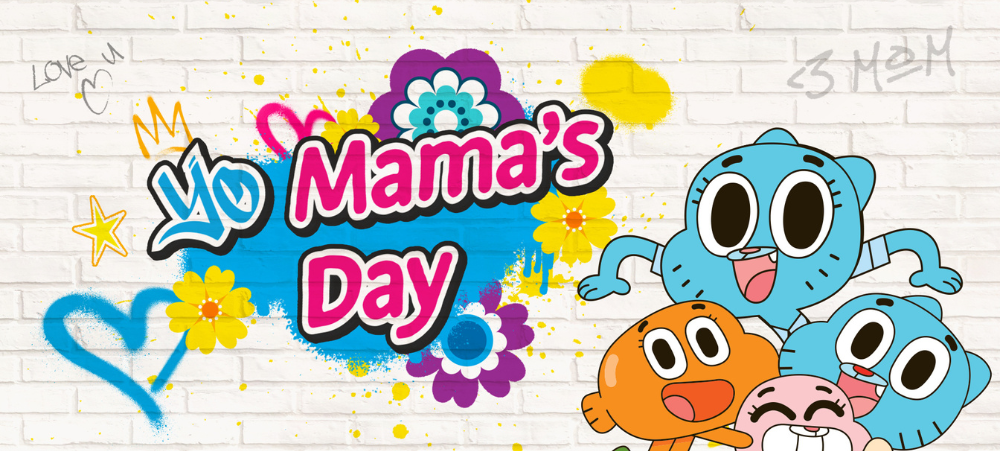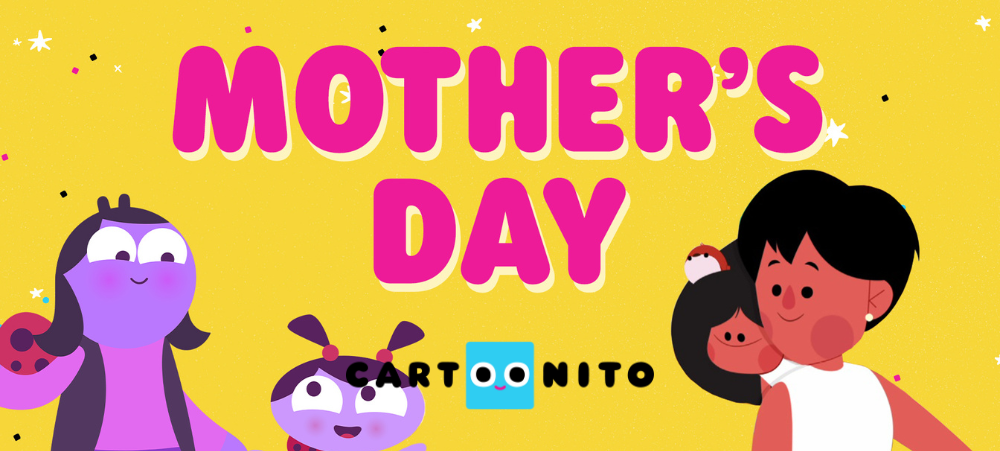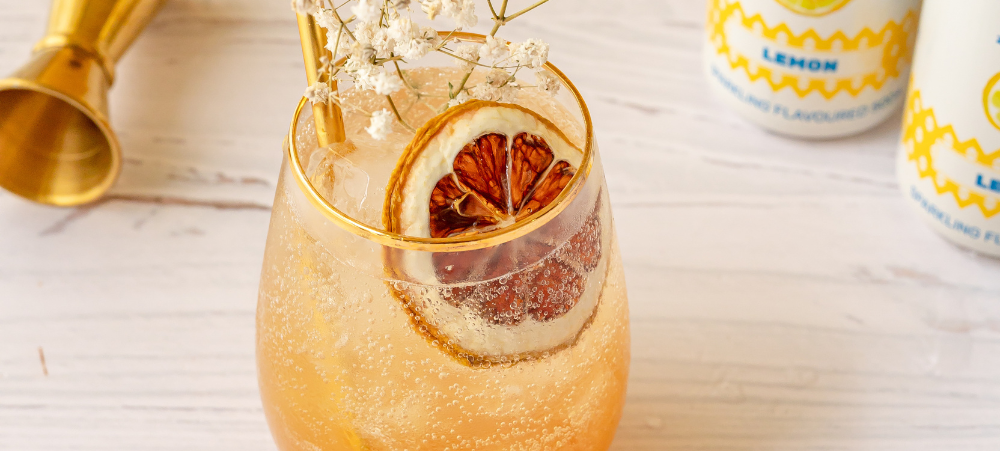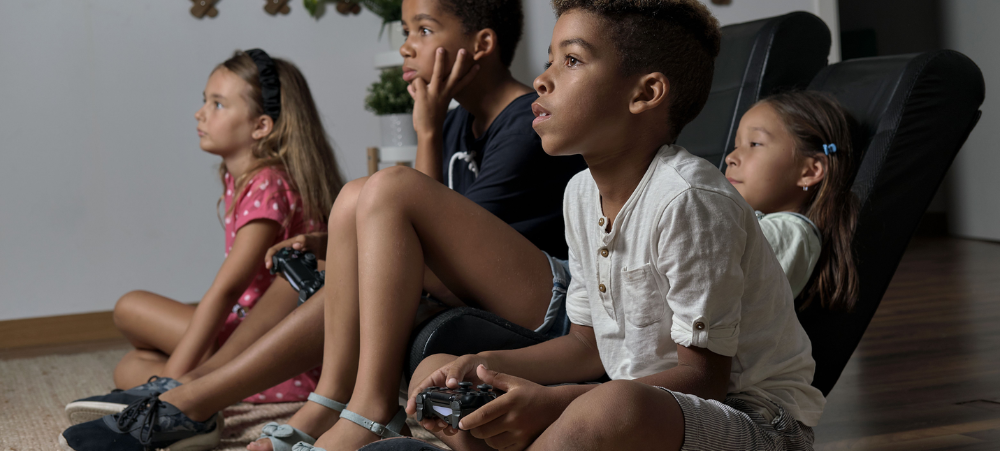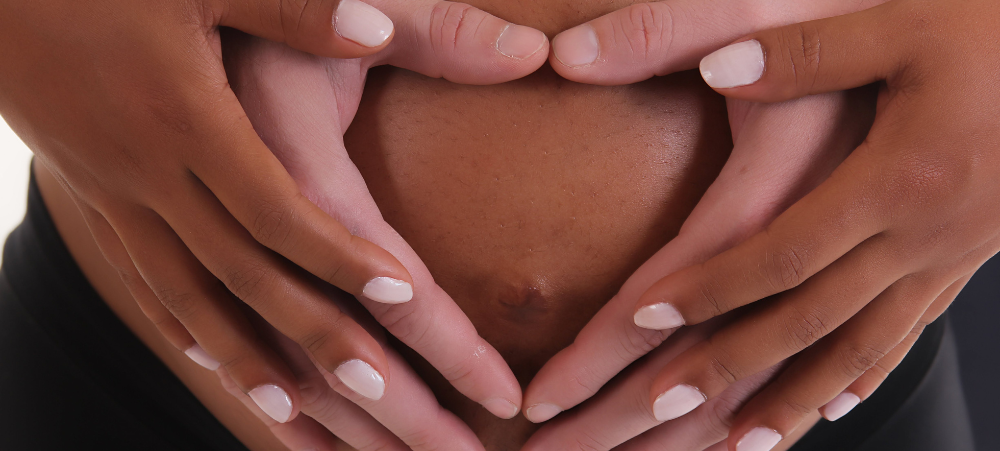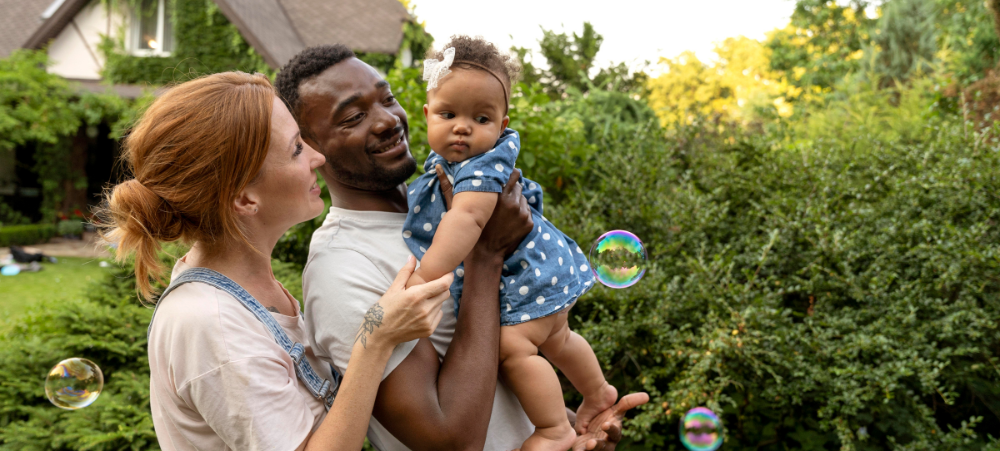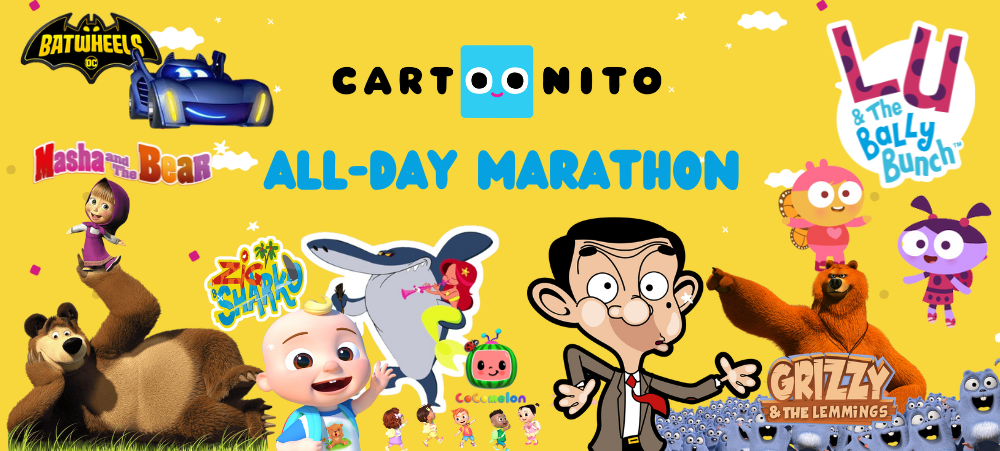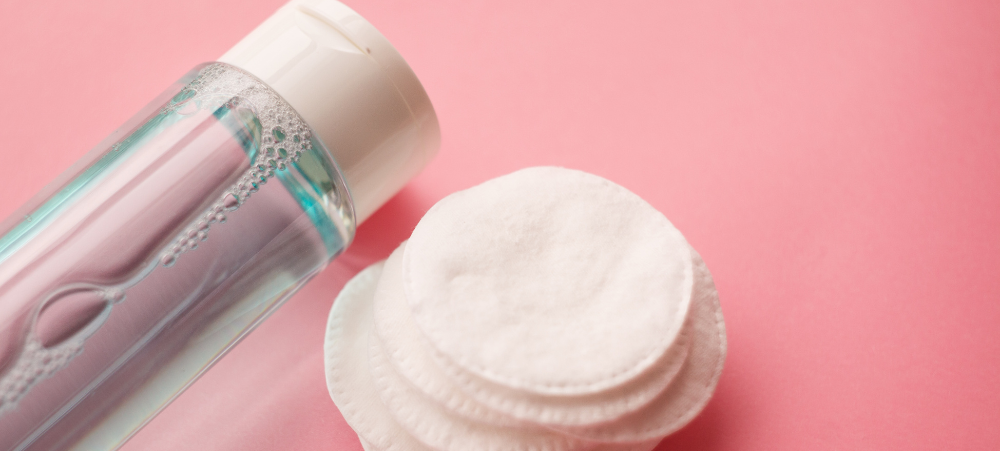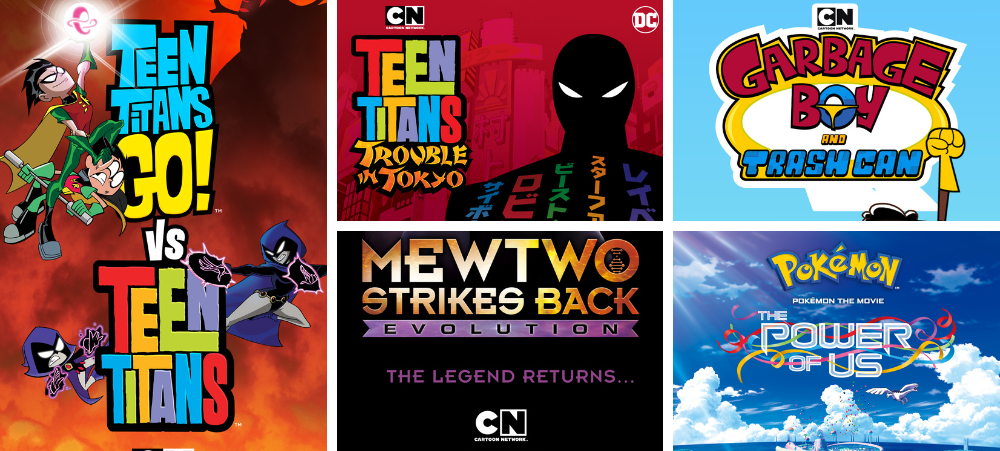Ah, the joys of welcoming a new bundle of joy into your life! As any seasoned parent will tell you, along with the adorable coos and cuddles come some not-so-adorable worries, especially when you’re gearing up for your baby’s first cold and flu season. While we can’t put your little one in a bubble (though, honestly, who wouldn’t want to?), we can arm you with some tips and tricks to help you both survive and thrive during those chilly months. So, let’s dive into this survival guide for Baby’s First Cold and Flu Season! Understanding the Risks First, let’s talk about why your baby is more susceptible to germs. Newborns, especially those under six months, come into this world with an immune system that’s still learning the ropes. That makes them prime targets for those pesky cold and flu bugs. But don’t worry; we’ve got your back! Symptoms in Babies Your baby won’t be able to tell you they’re feeling under the weather, so, you’ll have to rely on other signs like a fever, runny or stuffy nose, sneezing, coughing, congestion, crankiness, and changes in their eating habits or sleep schedule.1a While most baby colds and flu cases are like a minor speed bump (colds typically only last seven to 10 days),1b some viruses can turn into the Grand Canyon of problems, escalating into more serious illnesses.1c The key is to keep a watchful eye and act fast if things start to get dicey. Preventative Measures Now that you’re up to speed on the symptoms, let’s move on to how you can play superhero in your baby’s defence against germs. Vaccinations: Superheroes need their trusty sidekicks, and for your baby, that means vaccinations. Keep your baby up-to-date with those recommended shots to reduce the risk of nasty viruses.2a Limit Exposure: Keep your baby away from germs as much as possible – and that means avoiding people who are sick. If friends or family are feeling a bit off, kindly ask them to postpone their visit until they’re feeling better.2b Hand Hygiene: The power of clean hands is immense! Make sure everyone in your household practices good hand hygiene, especially before handling your little one, preparing their meals or feeding them.2c Regular Cleaning: It’s time to clean house! Disinfect touched surfaces like doorknobs, light switches, and baby’s toys. Opt for baby-friendly, non-toxic cleaning products – no toxic chemicals allowed in this hero’s headquarters!2d Breastfeeding: If you can swing it, breastfeeding is like giving your baby a superhero cape. Breast milk is packed with antibodies that can help your baby ward off infections.3 If you’re on Team Formula, make sure you’re sterilising those bottles and gear properly. Always follow the manufacturer’s instructions for formula preparation and storage. Baby’s Sleeping Position: This one’s non-negotiable, folks. Always put your baby to sleep on their back – and this applies to both day napping and night-time sleeping.4a Lots of research from all over the world shows that putting your baby to sleep on their back at the beginning of each nap or bedtime, day or night, really cuts down the risk of sudden infant death syndrome (SIDS).4b Consider having a crib or bassinet in your room for the first few months so that you can keep an eye on your little bundle of joy. Avoid Smoking: Smoking is a big villain in this story. Inhaling second-hand and third-hand smoke poses serious risks, particularly for babies. Passive exposure to smoke significantly heightens the chances of tots facing respiratory infections and other nasties. It can mess with their breathing, heart rate, and growth, making them more susceptible to sudden unexpected death in infancy (SUDI).5a Babies exposed to second-hand smoke are more likely to have a laundry list of health issues, including asthma, bronchiolitis, bronchitis, childhood cancers (yikes!), croup, ear infections, meningococcal disease (think meningitis and septicaemia), pneumonia and tonsillitis.5b Plus, those chemicals from second-hand and third-hand smoke can mess with a child’s developing brain, and trust us, baby brains are like sponges!5c Kids who already have lung or health problems are at an even higher risk from this smoke shindig.5d Oh, and one last thing – if babies live in a smoking household, their chances of picking up the smoking habit as teens double.5e That’s not cool because it can mess with their adult health too. So, keep the lair smoke-free! How Panado® – The Ultimate Chill-Beating Pain Fighter – Can Help Panado® is trusted6 by South African families to offer relief of pain and fever associated with headaches, toothache and colds and flu. The range for adults is conveniently available in tablet, capsule or effervescent form to suit individual preferences. The effervescent format is innovative and ready to work immediately.6 & 7 For kids and babies, parents trust8 Panado® to be gentle on little tummies9 but tough on pain and fever this, winter. The paediatric range includes peppermint flavoured syrup in convenient 5 ml sachets, strawberry flavoured syrup, peppermint flavoured alcohol and sugar-free syrup, recently launched grape flavoured colourant-free, tartrazine-free, alcohol-free, and sugar-free syrup and peppermint flavoured infant drops with a dosage dropper. Always administer using a medicine measure or a syringe. Do not exceed the recommended dose. Dosage details can be found at https://panado.co.za/dosage-calculator/ and are calculated according to your child’s age and weight. Final Words While it might feel like you’re fighting an epic battle, remember that you’ve got the tools and knowledge to be the superhero your baby needs. Every baby is unique, and your parental instincts are your trusty sidekick. If you ever feel uncertain or worried about your baby’s health, don’t hesitate to seek guidance from your paediatrician. With a healthy, hygienic environment, a little immune system boost, some good old-fashioned parenting love and the power of Panado®, you’ll sail through your baby’s first winter season with flying colours. Stay strong, superhero parents! Embrace the Winter Warrior within with the Adcock Ingram Range, featuring Panado®, Cepacol®, Compral®, and ViralGuard™, available from Pick n Pay, Checkers including Hypers, Shoprite, Clicks,
